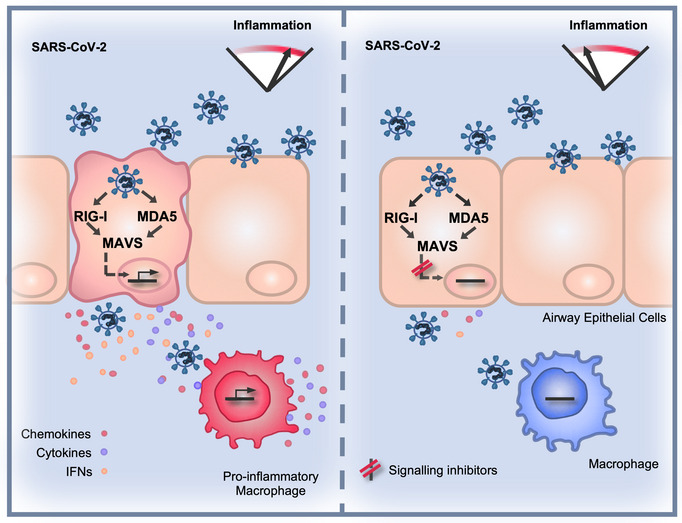Figure 7. SARS‐CoV‐2 induces a delayed inflammatory response that can be modified by specific pathway inhibitors.

(Left) Infected lung epithelial cells sense SARS‐CoV‐2 RNA via cytoplasmic RNA sensors RIG‐I and MDA5 to activate secretion of inflammatory mediators. Manipulation of RNA sensing early in infection by viral innate immune antagonists leads to a delayed and particularly inflammatory response. The infected cell secretome activates macrophages to potentiate a pro‐inflammatory state at the site of infection. (Right) Inhibition of RNA sensing or downstream signalling pathways, for example with NF‐κB inhibitors, reduces inflammation in infected cells and consequent activation of pro‐inflammatory macrophages.
